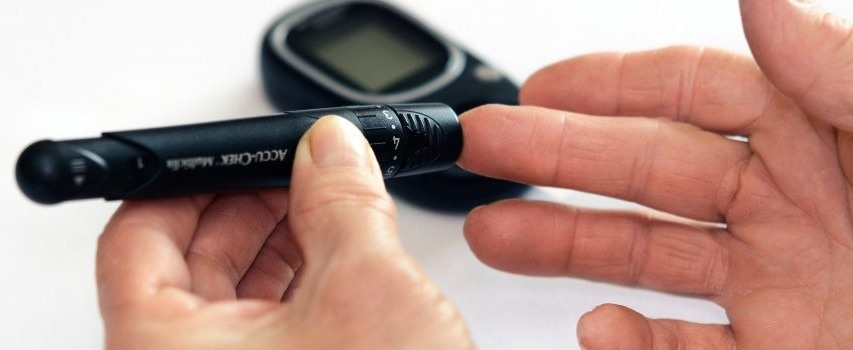A new proteomics method has been utilized by researchers to determine a three-protein signature in the blood that has the potential to enhance the detection of separated impaired glucose tolerance, a form of prediabetes.

Image Credit: University of Cambridge
The study, headed by researchers from the MRC Epidemiology Unit and Berlin Institute of Health at Charité Universitätsmedizin, Germany, is reported recently in the Nature Medicine journal.
Behavioral and medical interventions in individuals having prediabetes seem to be effective in postponing or avoiding the onset of type 2 diabetes. However, a significant proportion of people with prediabetes are missed by present clinical screening and diagnostic methods.
Individuals with isolated impaired glucose tolerance (isolated IGT), known as a common subtype of prediabetes, can only be determined via oral glucose tolerance testing as they show normal outcomes with more undertaken tests that are done in a common manner.
Oral glucose tolerance testing is considered a tedious procedure that needs repeated blood draws, and is hence not routinely performed as part of type 2 diabetes clinical screening strategies.
The authors utilized a proteomic assay to quantify the levels of almost 5,000 proteins in blood plasma samples from over11,000 participants in the Fenland Study, each of whom experienced an oral glucose tolerance test.
The authors created a machine learning algorithm that was able to extract a core set of few proteins out of the thousands measured that were most informative in identifying people most likely to have isolated IGT in advance of undertaking an oral glucose tolerance test.
The authors determined a signature of just three proteins that when integrated with standard screening methods for impaired glucose tolerance enhanced the identification of individuals with isolated IGT in the Fenland study cohort. Also, it consecutively verified this outcome in the separate Whitehall II study.
Also, their results denote that fasting before the blood sample is taken does not considerably alter the reliability of the three protein signatures for determining people with impaired glucose tolerance. This would highly increase the application of the test in clinical practice.
The Fenland Study is unique for its size in combining genetic data and blood sampling with objective measurements of a range of clinical characteristics that includes oral glucose tolerance testing.”
Julia Carrasco Zanini, Study First Author and PhD Student, University of Cambridge
Zanini added, “By combining this resource with broad-capture proteomics technology we were able to identify protein signatures that substantially improved detection of impaired glucose tolerance.”
The authors indicate that by substituting the two-step screening strategy suggested by current guidelines with a three-step screening plan that integrates testing for the three-protein signature, the number of individuals who require experience in oral glucose tolerance testing to determine whether an isolated IGT case could be reduced in a considerable manner.
But they note that a few individuals with isolated IGT would still be missed, an essential consideration for clinical implementation.
Our strategy has the potential to address an important unmet clinical need: the identification of a meaningful proportion of people with prediabetes who currently remain undetected.”
Claudia Langenberg, Study Senior Author and Professor, University of Cambridge
Langenberg continued, “Early identification would enable preventive lifestyle and behavioral interventions to improve the health of affected individuals and alleviate the burden to health-care systems caused by their delayed diagnosis.”
“We would now like to evaluate the three-protein signature in other populations and ethnic groups, and ultimately to test the three step strategy for identifying prediabetes in randomized screening trials,” added Langenberg.
Source:
Journal reference:
Carrasco-Zanini, J., et al. (2022) Proteomic signatures for identification of impaired glucose tolerance. Nature Medicine. doi.org/10.1038/s41591-022-02055-z.